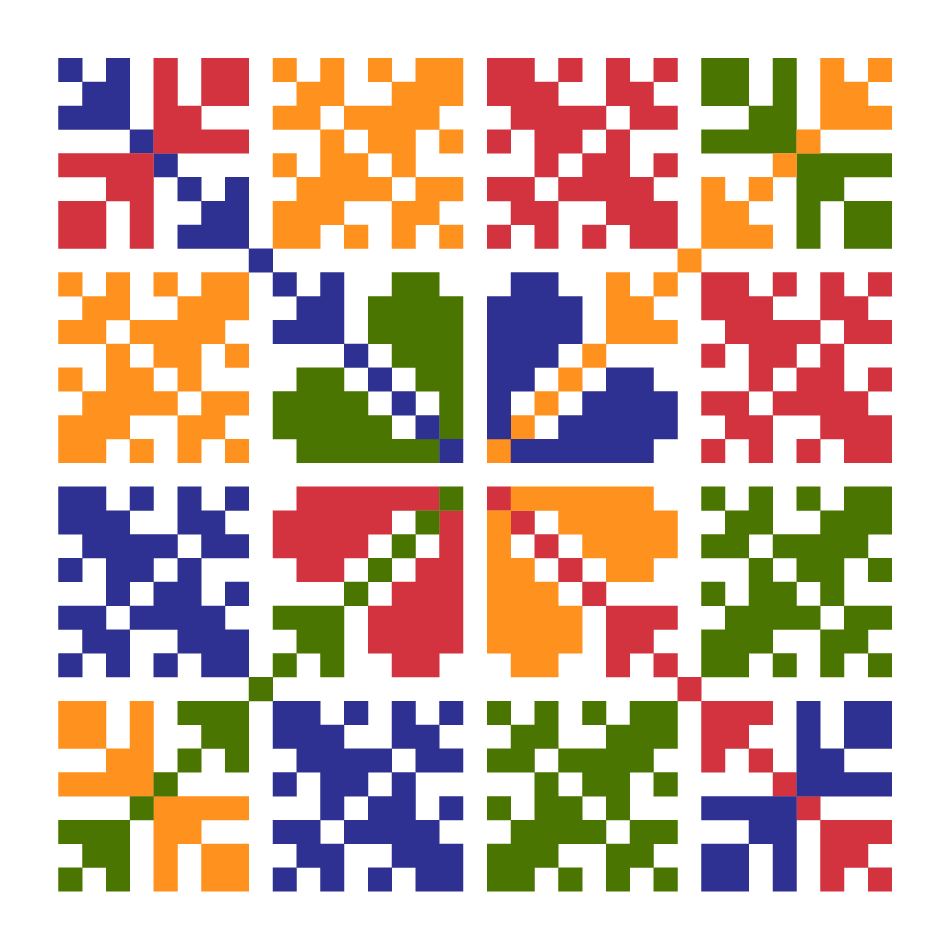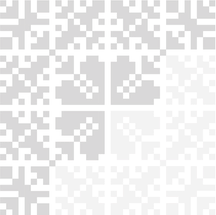C6 M1 L1 Grammar
6 | Modul 1: Gramatika
Hoćeš-nećeš, moraš
6 | 1 | Lekcija 1: Planovi i želje
| The verbs ŽELJETI and HTJETI
The difference between these two verbs is very subtle. Usually both verbs are translated in English as “to want something.” However, to explain the difference better, we can say that:
Željeti | – is used when we want to express a desire to achieve something, to reach a goal. For example: Želim studirati arheologiju. Želim automobil. It indicates a desire to make it happen. |
Htjeti | – is used when we want to express our wanting for something (eager to have something). For example: Hoću sladoled. Hoću slušati glazbu. It indicates a desire for something. |
| HTJETI
The verb htjeti is the second auxiliary verb in Croatian. It is also used when we want to express things in the Future Tense. More about this in the following lessons. For now, remember that the verb “to want” in Croatian is htjeti, and it is one of the irregular verbs. The forms for the present tense are below.
SINGULAR | PLURAL | ||||
ja | hoću | mi | hoćemo | ||
ti | hoćeš | vi | hoćete | ||
on/-a/-o | hoće | oni/-e/-a | hoće | ||
* Note that 3rd person singular and 3rd person plural have the same form!
Just like the verb biti which has its stressed form (ja jesam) and unstressed form (ja sam), the verb htjeti is the only other verb in Croatian that has the same structure. The verb htjeti has its stressed form (as seen above) and unstressed forms. At this point, we will look only at its stressed form that we use to express our wanting for something.
The stressed form of htjeti is used in sentences when we intend to indicate ‘’wanting’’ – like in the examples: (1) Ja hoću tortu, or (2) Ja hoću kupiti tortu. Following the two examples above we can see that the verb htjeti is followed by:
1 | Direct object - the noun in the Accusative case: Ja hoću tortu. |
2 | Another verb in the infinitive form direct object (the noun in Accusative form): Ja hoću kupiti tortu. |
| ŽELJETI
The verb željeti belongs to a group of verbs that end in –(j)eti. The forms for the present tense are below.
SINGULAR | PLURAL | ||||
ja | žel-im | mi | žel-imo | ||
ti | žel-iš | vi | žel-ite | ||
on/-a/-o | žel-i | oni/-e/-a | žel-e | ||
Just like htjeti, the verb željeti is followed by:
1 | Direct object - the noun in the Accusative case: Ja želim automobil. |
2 | Another verb in the infinitive form direct object (the noun in the Accusative form): Ja želim kupiti kuću. |
6.1 Zadatak 1. Željeti ili htjeti?
6.1 Zadatak 2. Tko hoće?
6.1 Zadatak 3. Ponavljanje
Be sure to read the Grammar section carefully before completing the assignment. Some questions might have multiple answers.
Choose the correct statement.
Images used in this document are from these sources.




